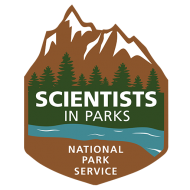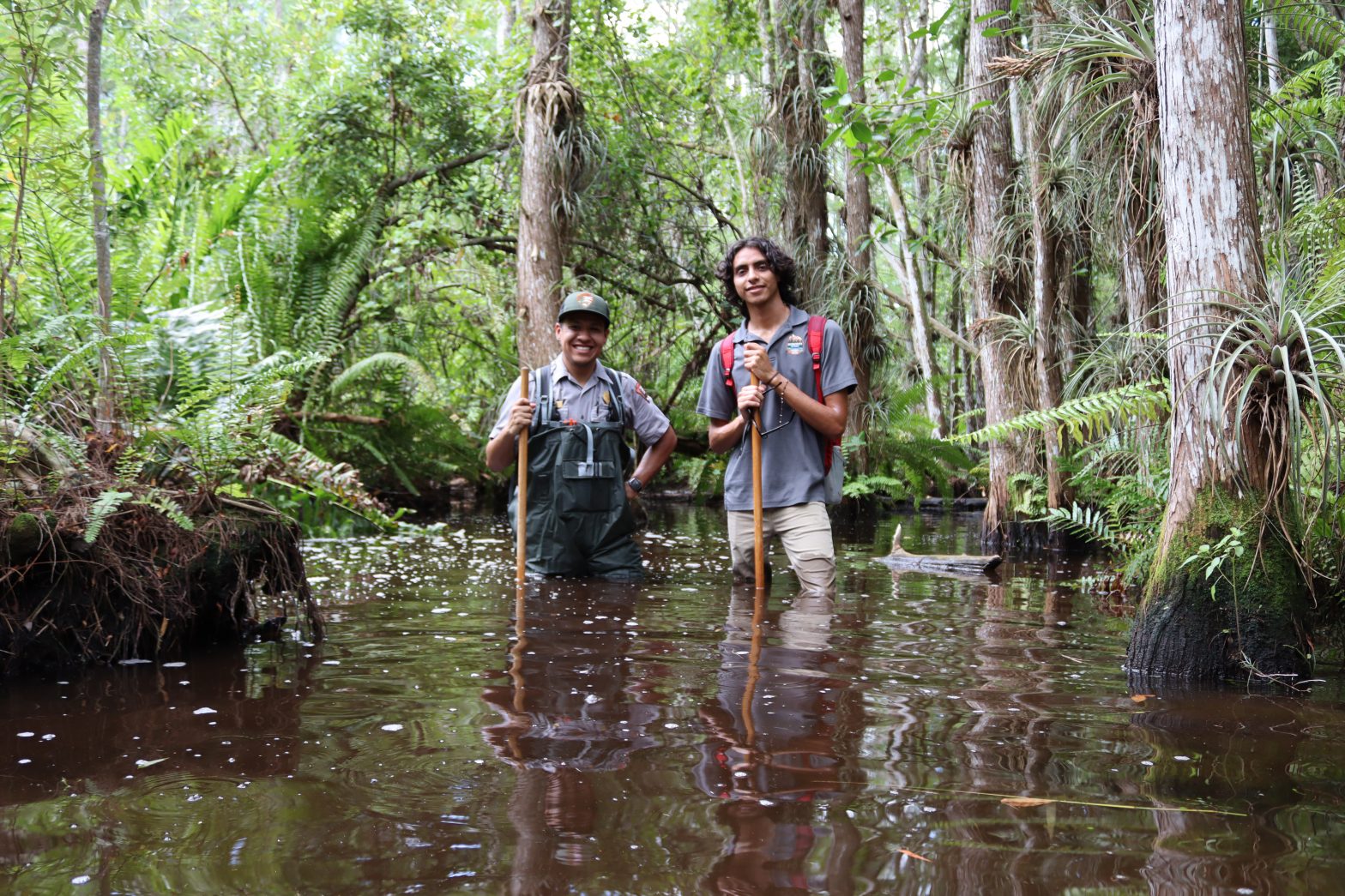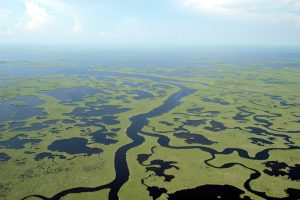
Do you love the beach? Have you ever seen the wonderful jungles portrayed in those exotic NatGeo programs? Or even closer to home, have you sat under a tree at your local park?. Remember those feelings that arise from your inner self as you smell the fresh aromas of spring!. Now think about a planet without forest, prairies, mangroves, or coral reefs. For many people this is a mere scenario or a hoax, the truth is that is a future that is well on its way like a bulldozer eager to demolish our future as if it was the Amazonia.
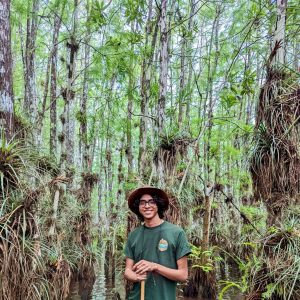
Its been almost a month since I started my Scientists In Parks internship at Everglades National Park and I’m here to report how it is going and what I am doing to try to stop the above from happening. My internship consists on the development of programs to inform the different communities of the Miami area about climate change in a culturally relevant way. Often times when people think about climate change, they can feel disengaged and fail to see the direct effects that it has on their lives. My job is to show them that climate change is real, it has a direct effect on their lives, and it is happening now. The Florida peninsula is extremely susceptible to climate change, in particular due to its low elevation and its vulnerable habitats that have been engineered to be more suitable for human use since industrialization. One of the greatest advocates for the conservation efforts of our natural resources in Florida, Joe Podgor, liked to say; “The Everglades is a test. If we pass it, we may get to keep the planet.” The Everglades is one of the most studied natural areas of The United States of America and at the same time it is amongst one of the most disturbed. When he spoke of a test, I believe that he referred to the fact that we have the information. We have studied this habitat and the impacts we have on it, we only need to apply our understandings in order to pass the test. This will show our willingness to work towards a better future where humans and nature can coexist.
Having been here for this long has allowed me to enjoy the beauty of the many areas of the Everglades, but it has also made me wonder how much more astonishing must it have been before human-nature conflicts. I have asked colleagues and fellow Floridians that have been in the area for a long time or even generations in the case of natives, and just as I suspected, the changes in the environment have been greatly noticeable. Our ecosystems depend one variable on the other, changing one would mean the re-adaptation or the collapse of the entire system. The biggest and most understood effect of climate change is sea level rise. Floridians speak on their anecdotes of sea level rise. The level of salt water intrusion in the Everglades is evident as the marsh-mangrove areas expand across the area as a result of salinity increases. This movement has a great impact on the lives of Floridians as the mangrove marsh areas serve as natural filters and barriers between open water and inland. These impacts are what I hope to portray to the different communities of Miami so that they can consciously take decisions in their lifestyles to reduce climate change.
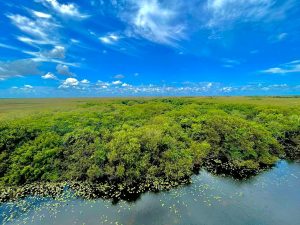
Thank you and please stay on the look out for my next post:
“The people; witnesses of climate change”.
